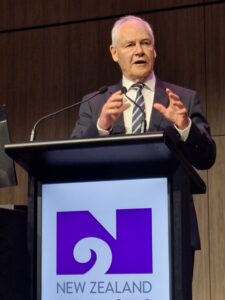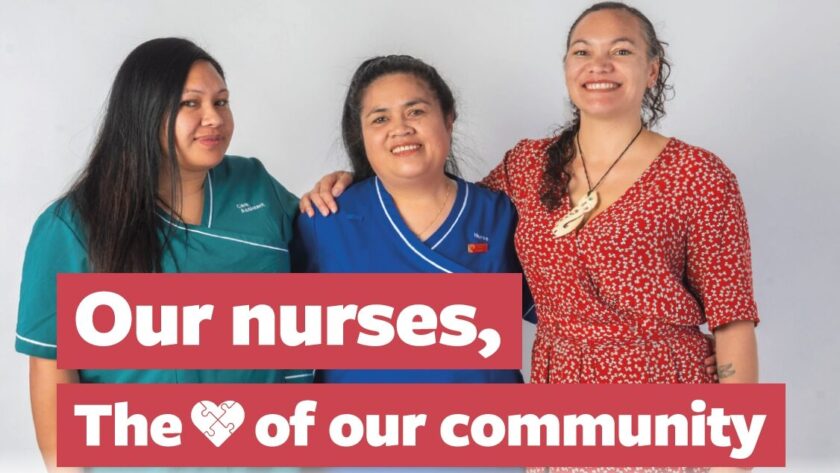
NZNO chief executive Paul Goulter says after recent wage rounds come into effect in July, most primary and community care nurse will still earn an average of 10 per cent or $10,129 less a year than their hospital counterparts.
“There are currently 4884 FTE nurses working in primary and community care. NZNO calculations show that 274 more FTE nurses are needed in the sector to cover the care of the 300,000 New Zealanders who can’t even enrol with a primary health organisation such as a GP clinic.
In a pre-budget announcement earlier this week, Health Minister Simeon Brown said $164 million (over 4 years) would be allocated to parts of the urgent care arm of primary care. Among other things, he said the funding would create 120 training places for nurse practitioners in primary care, but that still fell short of what is needed according to NZNO calculations.
274 more FTE nurses needed for 300,000 New Zealanders who can’t get a GP
“That means Budget 2025 needs to provide $52.3 million to ensure there is a sustainable primary and community health nursing workforce that can care for all New Zealanders. This would help take the pressure off hospital emergency departments which are overwhelmed with people who can’t see their local doctors when they first get sick,” Goulter says.
“The difference in pay with hospital nurses largely reflects the pay equity settlement Te Whatu Ora nurses received. Following the Coalition Government’s gutting of the pay equity scheme and having to refile the primary and community care claim, this gap is only going to widen.”
If the coalition Government is serious about fixing the health system, it needs to fix primary and community care.
“Shovelling three times the amount to overseas owned urgent care franchises which most New Zealanders can’t afford to go to, is not the solution,” Goulter says.
NZNO primary health-care nurses college chair Tracey Morgan says earning $10,129 a year more would have a considerable impact on primary and community care nurses.

“Having that additional income would pay the average rent of a home in Hamilton, near where I live, for a third of the year. It could make the difference between a primary and community nurse staying in their role, helping whānau they have watched grow up, rather than leaving for better paid work in hospitals or overseas.
“We have the same skills and qualifications as hospital nurses. It is only fair that we are paid the same,” Morgan says.
Background:
– Research published in the Journal of Primary Health Care has found that New Zealand invests 5.4 per cent of its total health funding in primary care.
– Other OECD countries allocate an average of 14 per cent of their health spending to primary care.
– Evidence shows that for every $1 spent on primary care, $14 is saved in hospital-based, or secondary health care.


